Mercedes-Benz T 80
From the mid-1930s, various car-makers took care of setting new speed world records. In Germany these were mainly Auto Union and Mercedes-Benz. From a certain point in time, they also received support from the Nazi government, which had an increased interest in taking the lead in all matters. After the fatal accident of Bernd Rosemeyer on January 28, 1938 during record attempts at a closed section of the Autobahn, Auto Union retired from the competition. Meanwhile the Brit John R. Cubb put the bar higher in 1939 on the Bonneville salt flats in the US, when achieved an average speed of 563.58 kph in his eight-wheeled Thunderbolt over two runs.
This led to the fact that the famous German racing driver Hans Stuck (father of Hans-Joachim Stuck and grandfather of Ferdinand and Johannes Stuck, who drive in endurance championships today) wanted to become fastest man on earth himself. For this he received support from Ernst Udet, head of the Procurement Office in the Reich Aviation Ministry, who gave his allowance for the usage of two DB 601 aircraft engines from Mercedes-Benz. The manufacturer of these V12 engines finally asked the engineering office of a certain Ferdinand Porsche in Stuttgart to construct a suitable record car around the engine. Here they quickly realized that there would be even better chances of getting the record back to Germany, when they could use the engine type DB 603 with 44.5 liters of displacement compared to the 33.9 liters in the DB 601. Up to 3,500 horsepower should have been possible, which would have allowed a maximum speed in the range of 650 kph according to preliminary calculations.
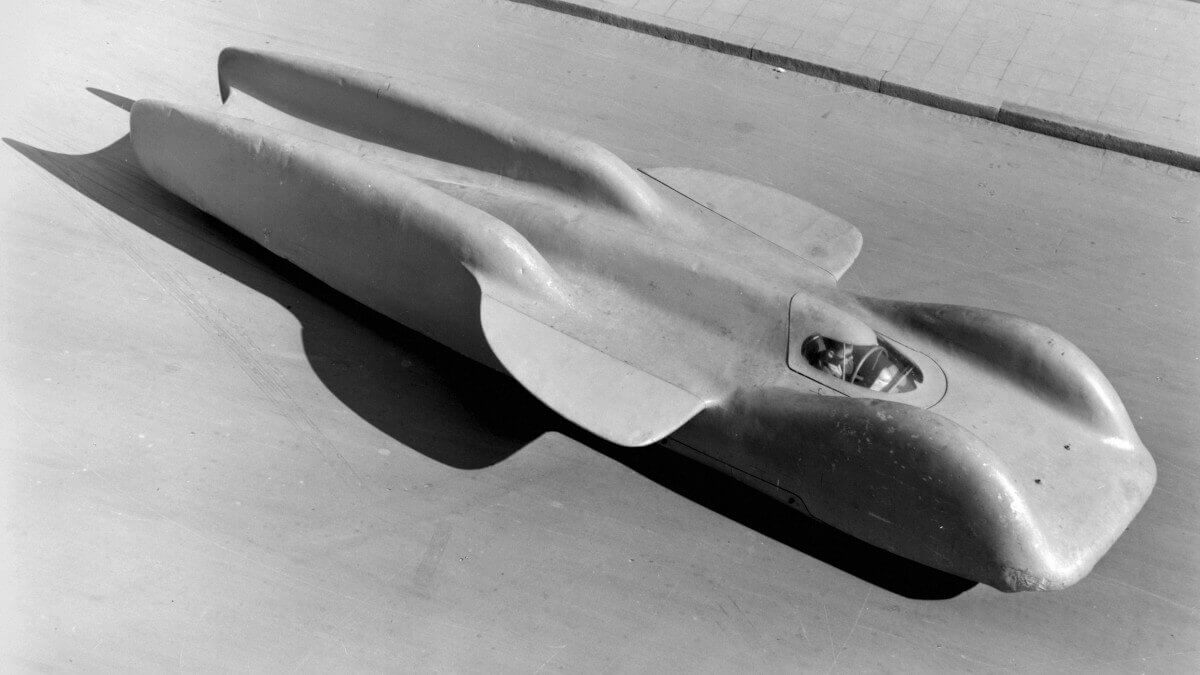



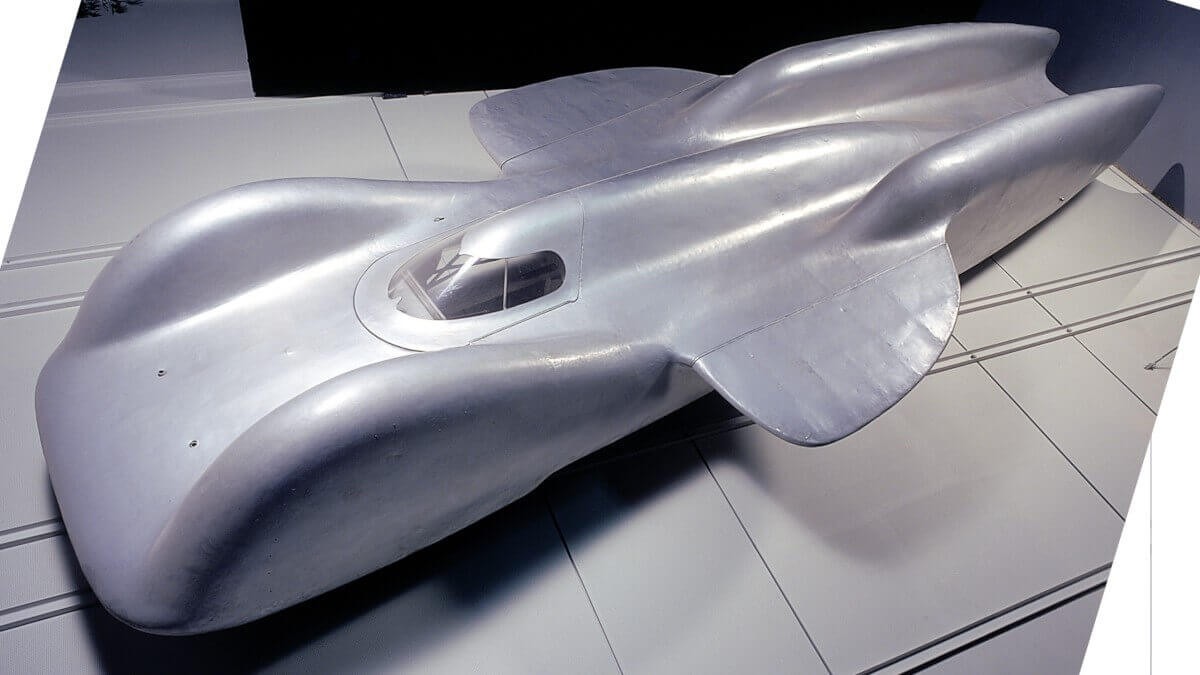



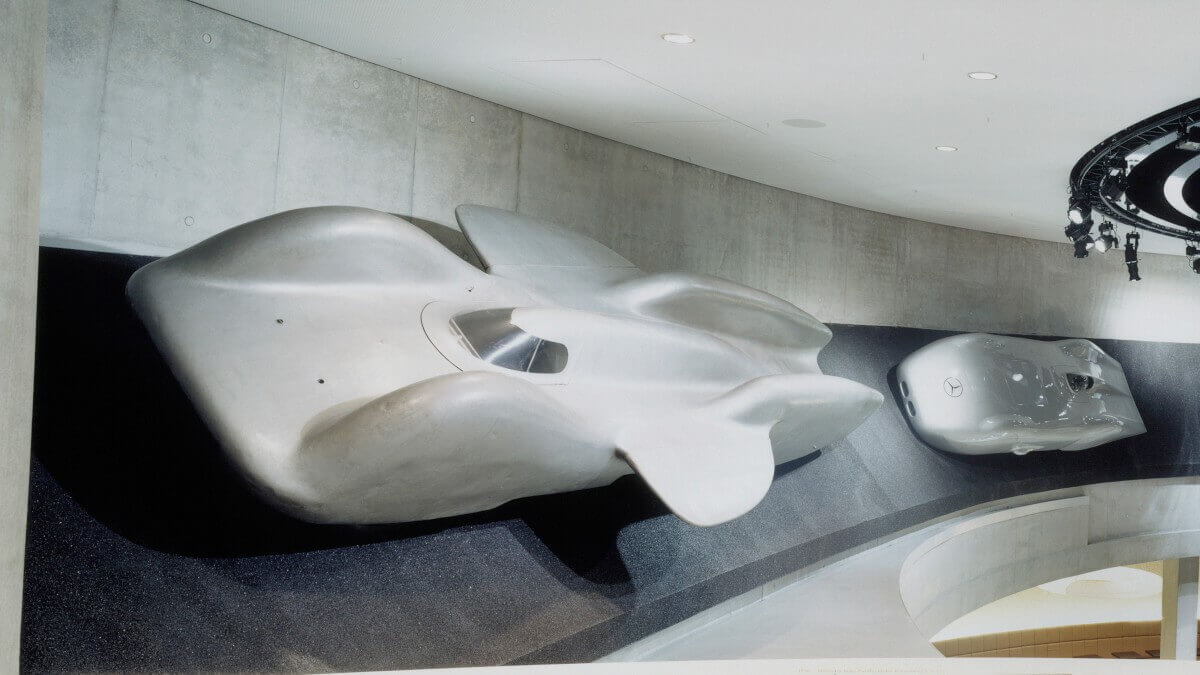











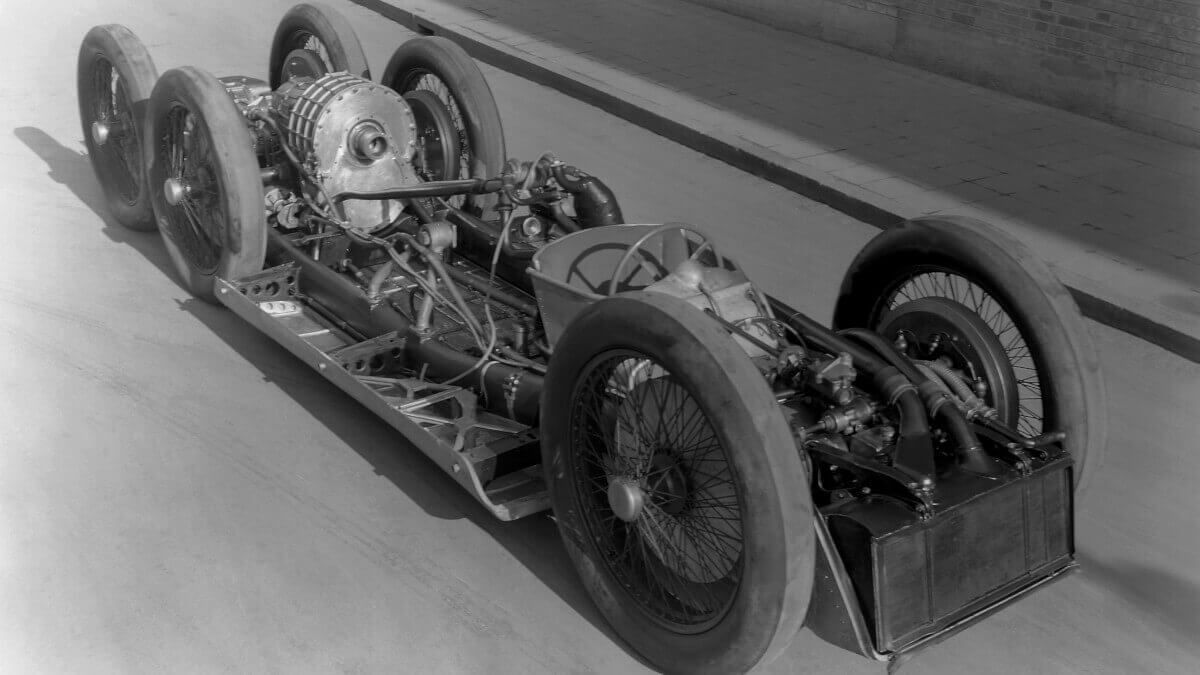











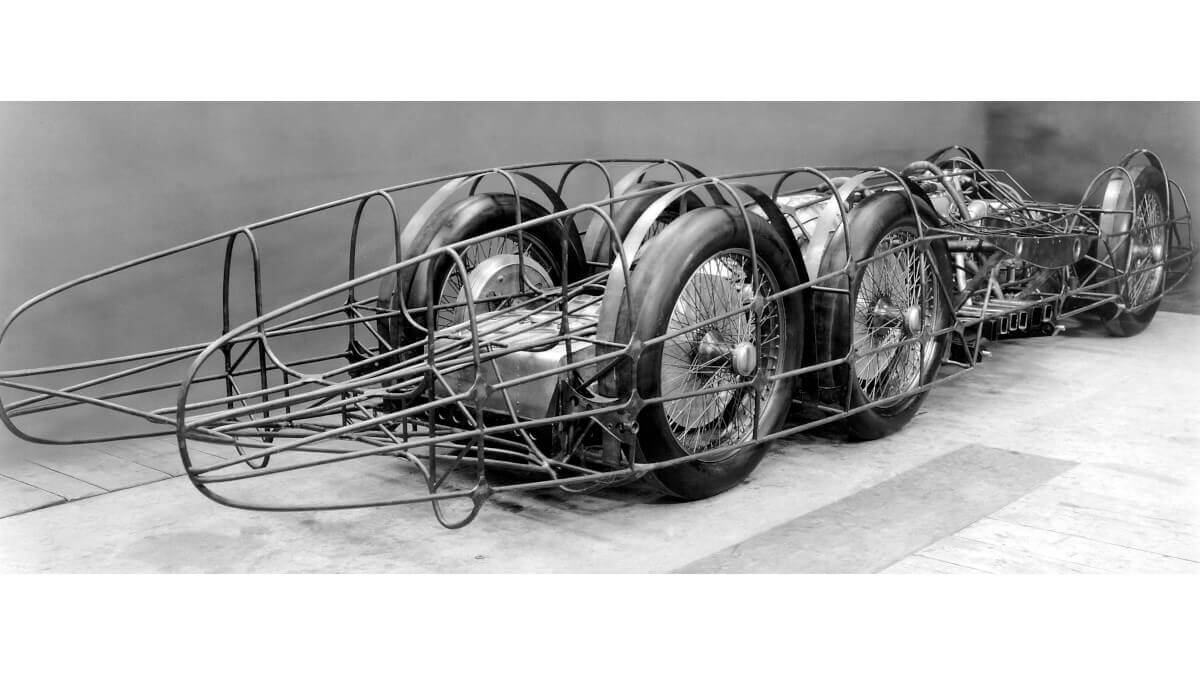







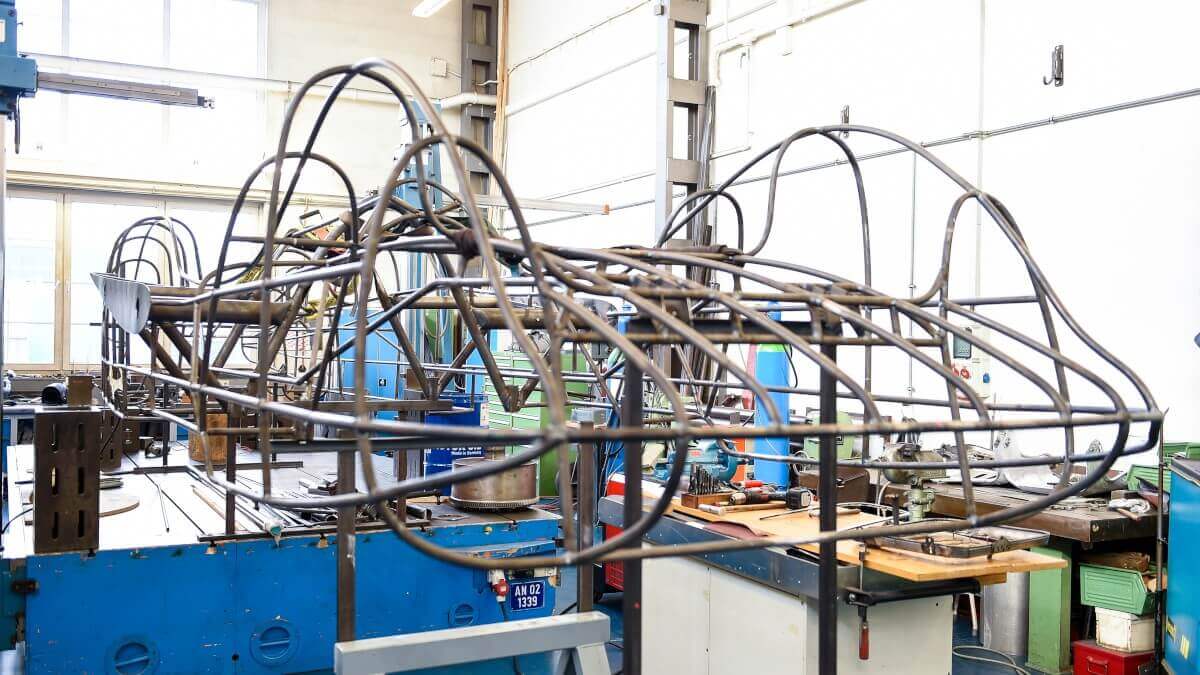



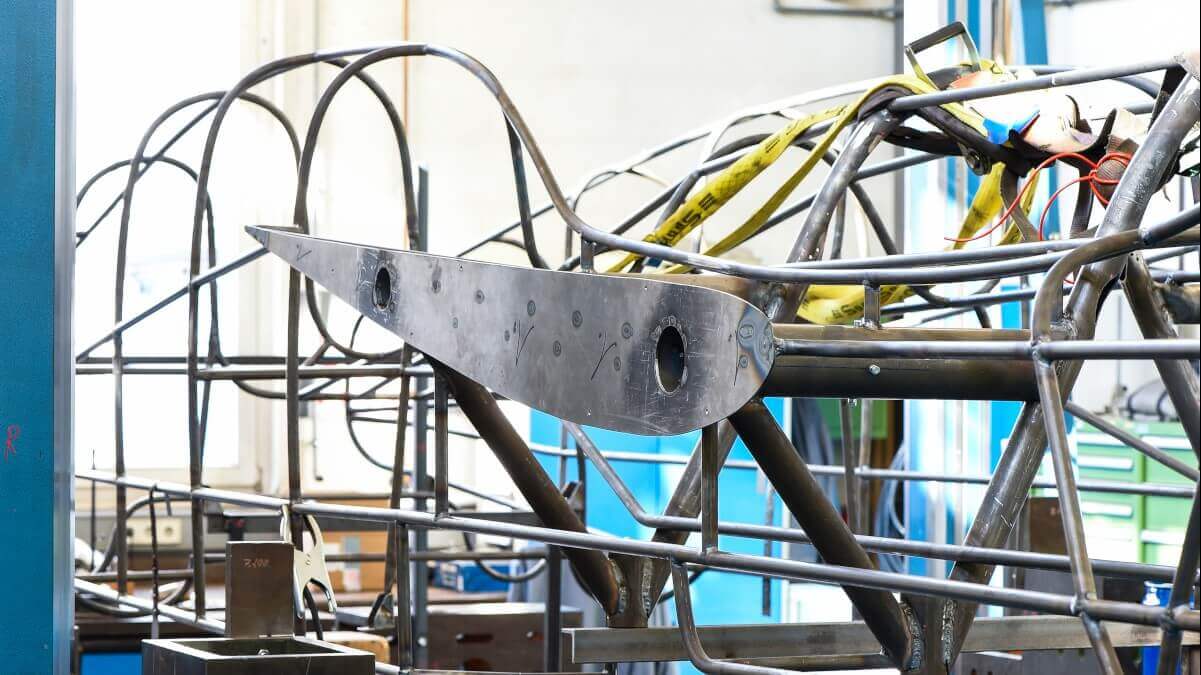



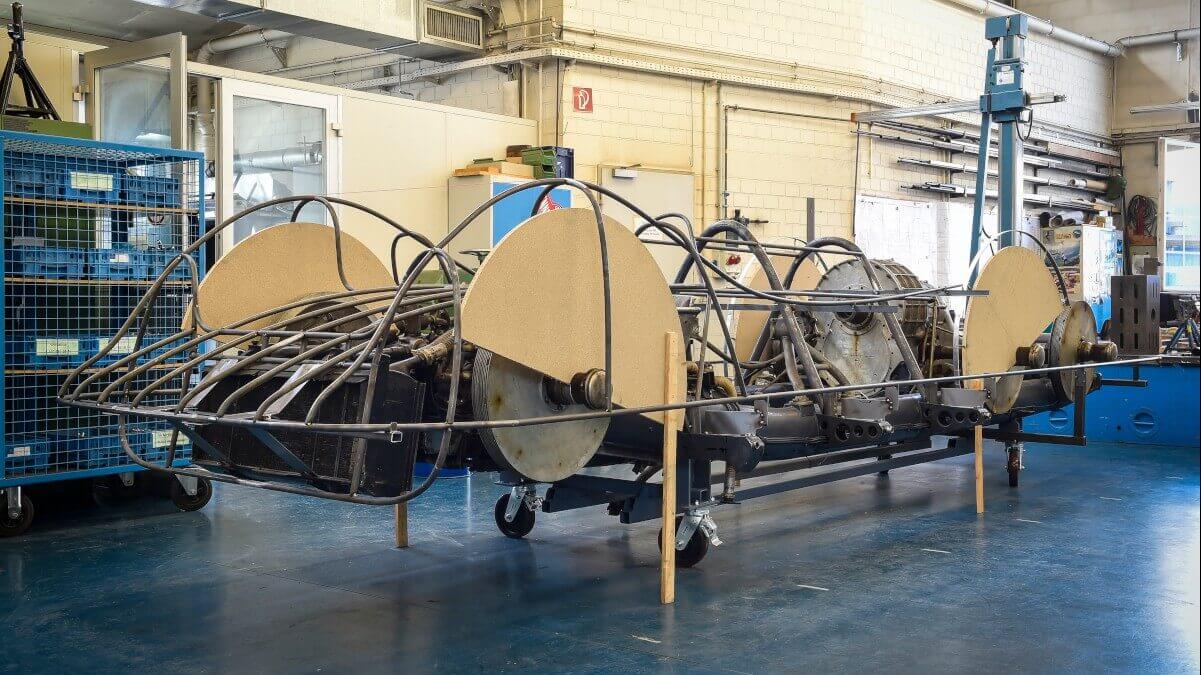



















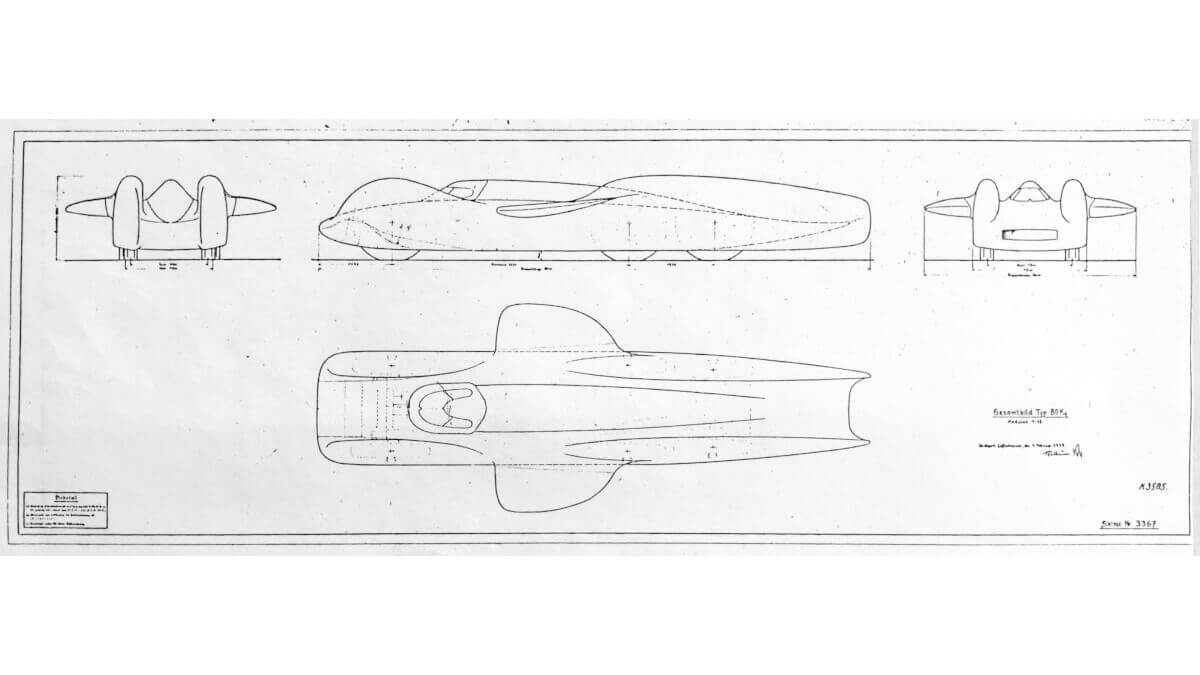



The first developments began in 1938. However, the ‘T 80’ baptized car first appeared on the test banch on October 12, 1939. In the development process of the bodywork on models in wind tunnels also aircraft designer Ernst Heikel helped out. What looks compact and flat in pictures is enormous in reality. The bodywork is more than eight meters long and the six special Continental wheels all have a diameter of 1.17 meters. After the tests, the built-in engine went back to the aviation department of Mercedes-Benz and is lost ever since, while the now begun World War 2 made usage of the Autobahn near Dessau with a straight stretch of more than ten kilometers impossible. The motorless car rolled into storage and survived the war unharmed.
Since then, it serves as a technical review of what could have been. The body usually hangs on its original tubular frame at the end of the permanent exhibition in the Mercedes-Benz Museum in Stuttgart, while the chassis with the steered front axle and two powered rear axles remained in storage. Within the past 15 months, the Classic Center in Fellbach made a true-to-original tubular frame for the chassis and mounted a cut-away DB 603 engine on it. In front of the engine the cockpit including leather steering wheel, pedals, fabric-covered driver’s seat and the instruments such as a tachometer up to 4,000 revs per minute and temperature indicators for oil and water remained in absolute original condition. Now the wheeled chassis is shown to the public for the very first time during the Goodwood Festival of Speed.
Images: Mercedes-Benz




